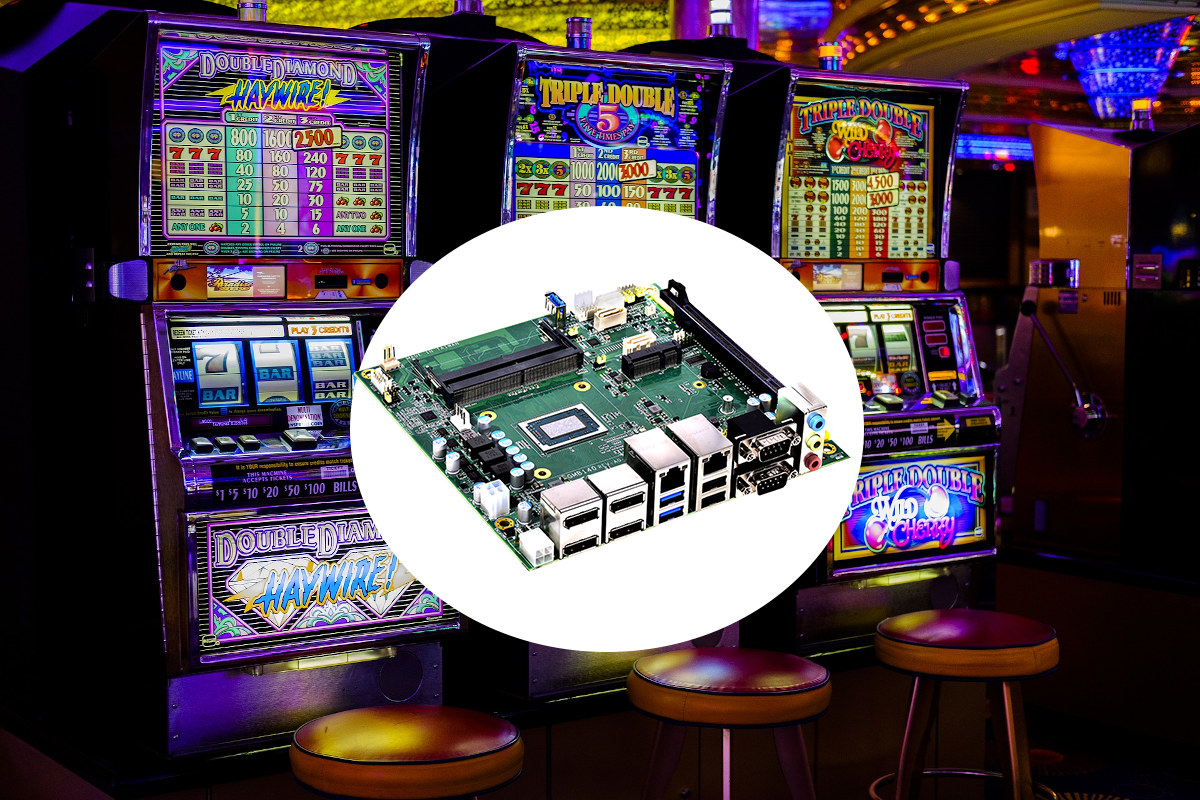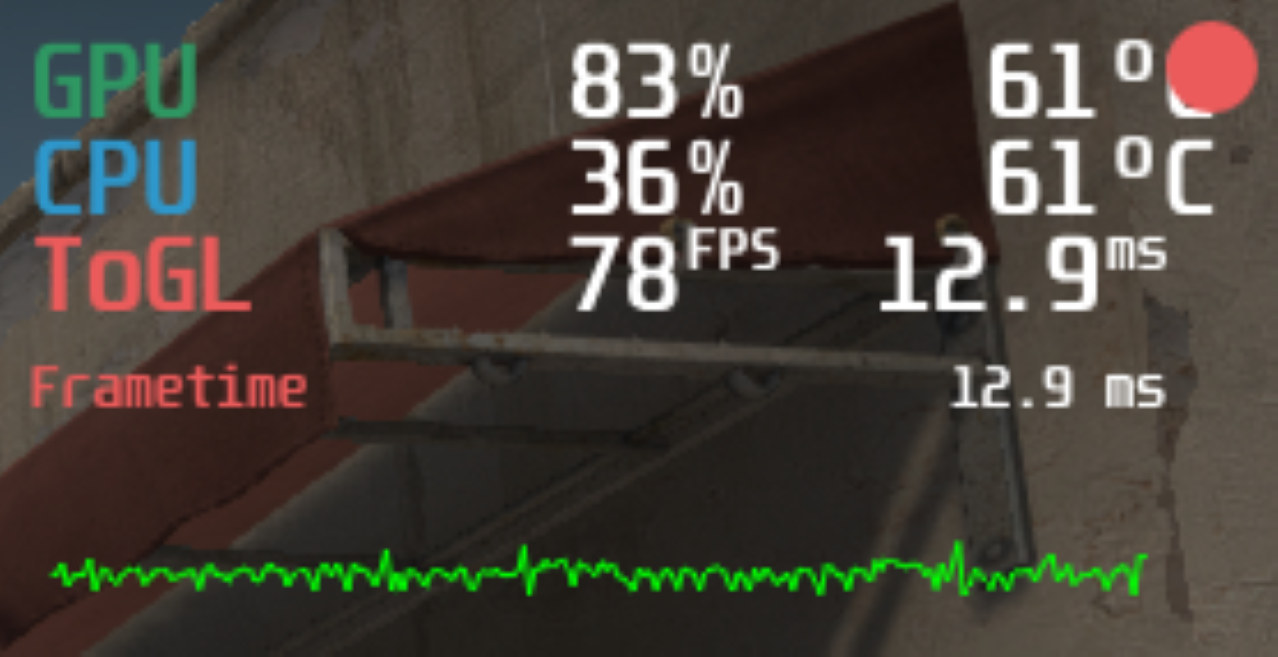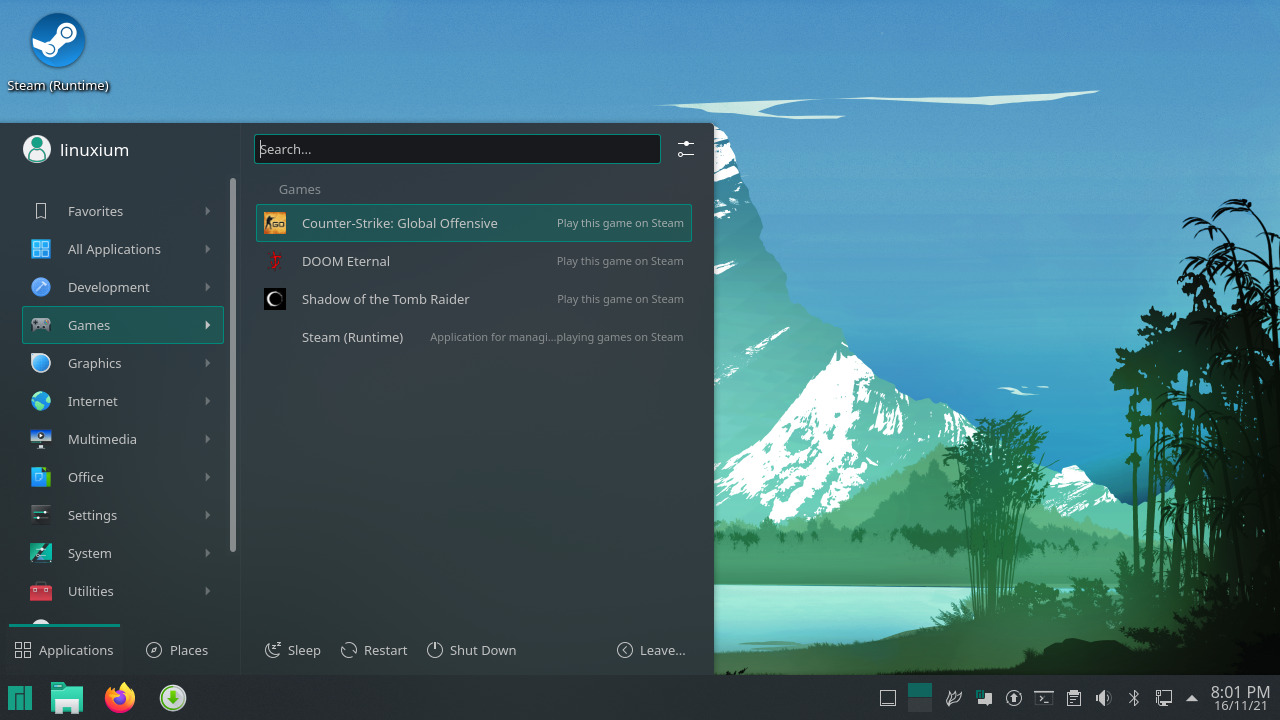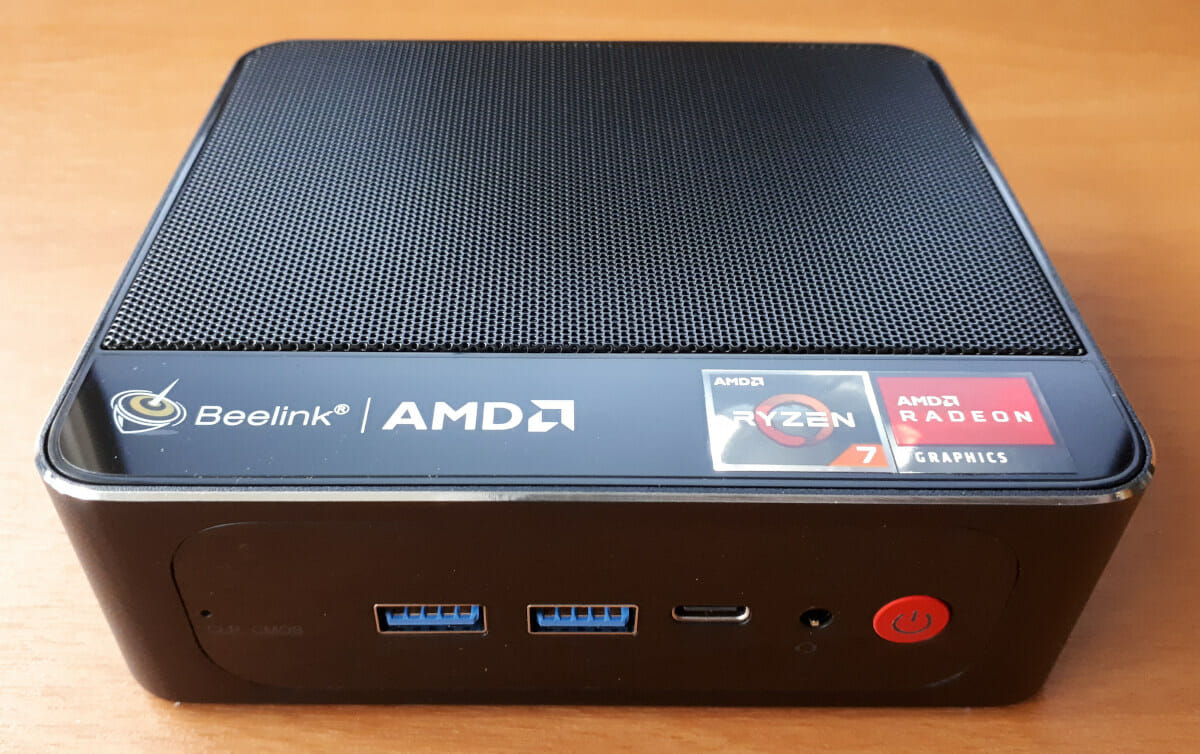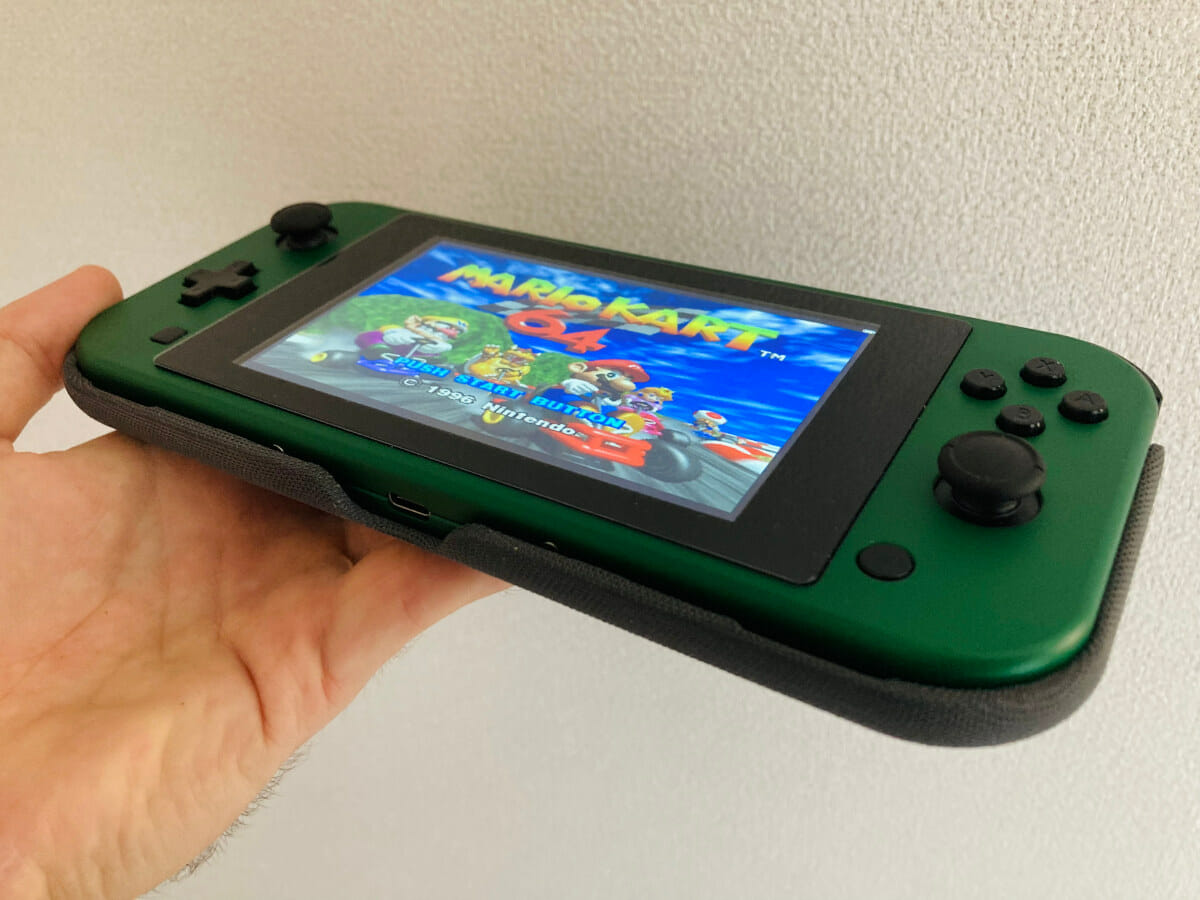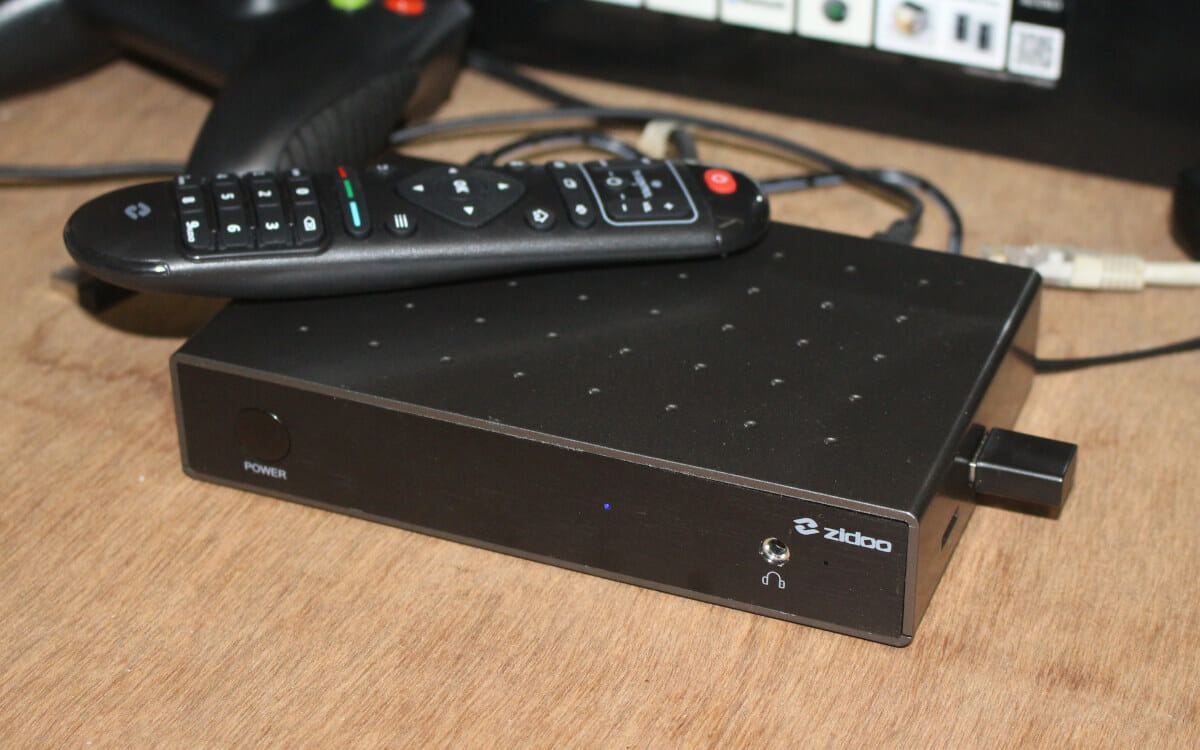Axiomtek GMB140 is a compact Mini-ITX motherboard powered by AMD Ryzen Embedded V1000/R1000 processor and mostly designed for gaming applications, as well as medical imaging, interactive kiosks, control rooms, and video surveillance. But when we’re not talking about your kids playing games at home here, but instead slot machines, arcade systems, and electronic gaming machines (EGM) powered by the GMB140 board with a PCIe interface for gaming I/O modules, and optional support for a 9-bit serial port for the SAS 6.02 protocol. Axiomtek GMB140 mini-ITX board specifications: SoC – AMD Ryzen Embedded V1000/R1000 quad-/dual-core “Zen” processor with Radeon Vega graphics either: AMD Ryzen Embedded V1807 w/ VEGA 11 graphics AMD Ryzen Embedded V1756 w/ VEGA 8 graphics AMD Ryzen Embedded V1605 w/ VEGA 8 graphics AMD Ryzen Embedded V1202 w/ VEGA 3 graphics AMD Ryzen Embedded R1606 w/ VEGA 3 graphics AMD Ryzen Embedded R1505 w/ VEGA 3 graphics System […]
Using MangoHud to check FPS, CPU & GPU usage on a ‘hackendeck’
Previously I followed Valve’s documentation to build a ‘hackendeck’ using a mini PC to emulate their highly anticipated Steam Deck. Interestingly the ‘hackendeck’ uses a Linux OS, specifically Manjaro, as whilst Valve based their earlier version of Steam OS on Debian, they have now switched to being based on Arch. If the ‘hackendeck’ had just been Steam on Windows then to review gaming performance I’d just use MSI Afterburner. Until now, however, for Linux, I’ve always had to estimate the average FPS as I’ve not been aware of a good reliable equivalent. Fortunately several ‘commenters’ recommended using MangoHud, a Linux open-source Vulkan/OpenGL overlay for monitoring FPS, CPU/GPU usage, and temperatures similar to MSI Afterburner. So now I’ve been able to capture the average frame rate for the games I previously tested and I’ll present them below. MangoHud Installation and configuration The installation of MangoHud was extremely simple. First I installed […]
Experiences of configuring and using a ‘hackendeck’ homemade Steam Deck
Valve recently released information about developing for the Steam Deck if you didn’t have a Dev-Kit which is an engineering verification test build (EV2) version of their device. Included in the documentation is a suggestion to build your own Steam Deck, or ‘hackendeck’ using a mini PC. Whilst I didn’t have the exact brand they picture in the article I did have a mini PC with the required specifications so I set about following the instructions to see how it performed. Hardware Overview Valve’s documentation under ‘Performance’ states that ‘if you are really interested in finding a PC for testing that will perform similarly to a Steam Deck … there are a few options out there and then goes on to suggest a mini PC with the following ‘roughly similar specifications to a Steam Deck’: AMD Ryzen 7 3750H Radeon RX Vega 10 Graphics 16GB of DDR4 RAM This exactly […]
ODROID-N2+ review with Ubuntu 21.10 using Wayland and Panfrost
ODROID-N2+ was launched in July 2020, but I only got the Amlogic S922X Rev C SBC recently with Hardkernel wanting me to test their latest Ubuntu 21.10 image with the Panfrost open-source GPU driver. ODROID-N2+ Kit Unboxing Let’s start by checking out the kit I received from the Korean SBC manufacturer. The package includes ODROID-N2+ single board computer fitted with a 32GB eMMC flash module, a 12V/2A power supply with an EU plug adapter, an 80mm fan kit, and a USB 3.0 to eMMC reader. ODROID-N2+ is now only available with 4GB RAM, as the old ODROID-N2 with 2GB was deprecated, and we get four USB 3.0 ports, HDMI 2.0 video output, Gigabit Ethernet networking, and a 40-pin GPIO header with the board cooled by a larger heatsink attached to the bottom of the board. Fan installation, first boot, and system information As we’ll see below the fan is not […]
ODROID-GO Advance Black Edition is selling for $29.50 (Promo)
Hardkernel is having a “Black Friday” sale for the ODROID-Go Advance Black Edition portable game console that is now selling for $29.50, or exactly half of the normal price ($59.00), with either the transparent or black enclosure. As a reminder, the OGA Black Edition is a Linux console powered by a Rockchip RK3326 quad-core Arm Cortex-A35 processor coupled with 1GB RAM and a 3.5-inch display. This model builds on the earlier ODROID-Go Advance model by adding a WiFi & Bluetooth module, a USB-C port for charging, as well as some extra buttons. ODROID-Go Advance Black Edition specifications: SoC – Rockchip RK3326 quad-core Arm Cortex-A35 processor @ 1.3GHz with Mali-G31 MP2 GPU System Memory – 1GB DDR3L @ 786Mhz, 32 Bits bus width Storage – 16MB SPI Flash for bootloader, Micro SD Card slot (UHS-1 Capable interface) Display – 3.5″ 320×480 TFT LCD (Wide-viewing angle display, MIPI-DSI interface) Audio – 3.5mm […]
Beelink SER3 Review – A good AMD Ryzen 7 mini PC… after tweaks
Beelink has just launched a new mini PC called the SER3. It is another ‘new’ mini PC using an older CPU, in this case, an AMD mobile processor. However, the performance is surprisingly good once a few tweaks are made to the stock configuration. Beelink kindly sent one for review and I’ve looked at performance running both Windows and Ubuntu together with using an eGPU. Hardware Overview The SER3 physically consists of a 126 x 113 x 40mm (4.96 x 4.45 x 1.57 inches) square metal case. As an actively cooled mini PC, it uses AMD’s older 12 nm Zen+ Ryzen 7 3750H Picasso processor which is a quad-core 8-thread 2.3 GHz mobile processor boosting to 4.0 GHz with Radeon RX Vega 10 Graphics. The front panel has an illuminated power button, dual USB 3.0 ports, a Type-C USB 3.0 port with Alternate Mode, a 3.5mm headphone jack, and a […]
Raspberry Pi CM4 handheld console looks like a Nintendo Switch Lite
StonedEge and Dmcke5 have come up with an incredibly well-designed Raspberry Pi CM4 handheld console that looks like a Nintendo Switch Lite “clone”, and that can run Dreamcast and PSP emulators at full speed using RetroPie. The RetroLite CM4 The design includes a 5-inch display, speakers, all buttons, joysticks, and D-PAD controlled via a custom Arduino board, a micro HDMI port to connect an external display, and a 4000 mAh LiPo battery charged over the USB Type-C port, and it seems to work, albeit we are told there’s still some more work to do. RetroLite CM4 specifications include: Linux capable SoM – Raspberry Pi CM4 Lite module with custom copper heatsink and fan Storage – MicroSD card slot All-on-one PCB with Arduino for inputs, TI bq24292i for battery management controlled via a PIC16F15234 MCU, and backlight boost converter circuitry Display – ~5-inch LCD IPS screen Audio – Stereo speakers User […]
Zidoo M6 preview with Android 11
I’ve now had more time to play with Zidoo M6 Arm mini PC powered by a Rockchip RK3566 quad-core Cortex-A55 processor. I intended to review the device with Ubuntu, but I misunderstood, and Android 11 was pre-installed on the device. I was also told since this model is mainly for industrial control, I might want to focus on performance and connectors rather than how well all functions work. So this will not be a review, but rather a preview of Zidoo M6, since as we’ll see below there’s still more work do to fix all issues. As an industrial platform. some features like Google Services may not be needed or even desirable. First boot and Settings I’ve connected a USB keyboard for screenshots, MINIX NEO A2 Lite air mouse, an HDMI cable to my 4K TV, and the power supply to get started. I also add two AAA batteries to […]


